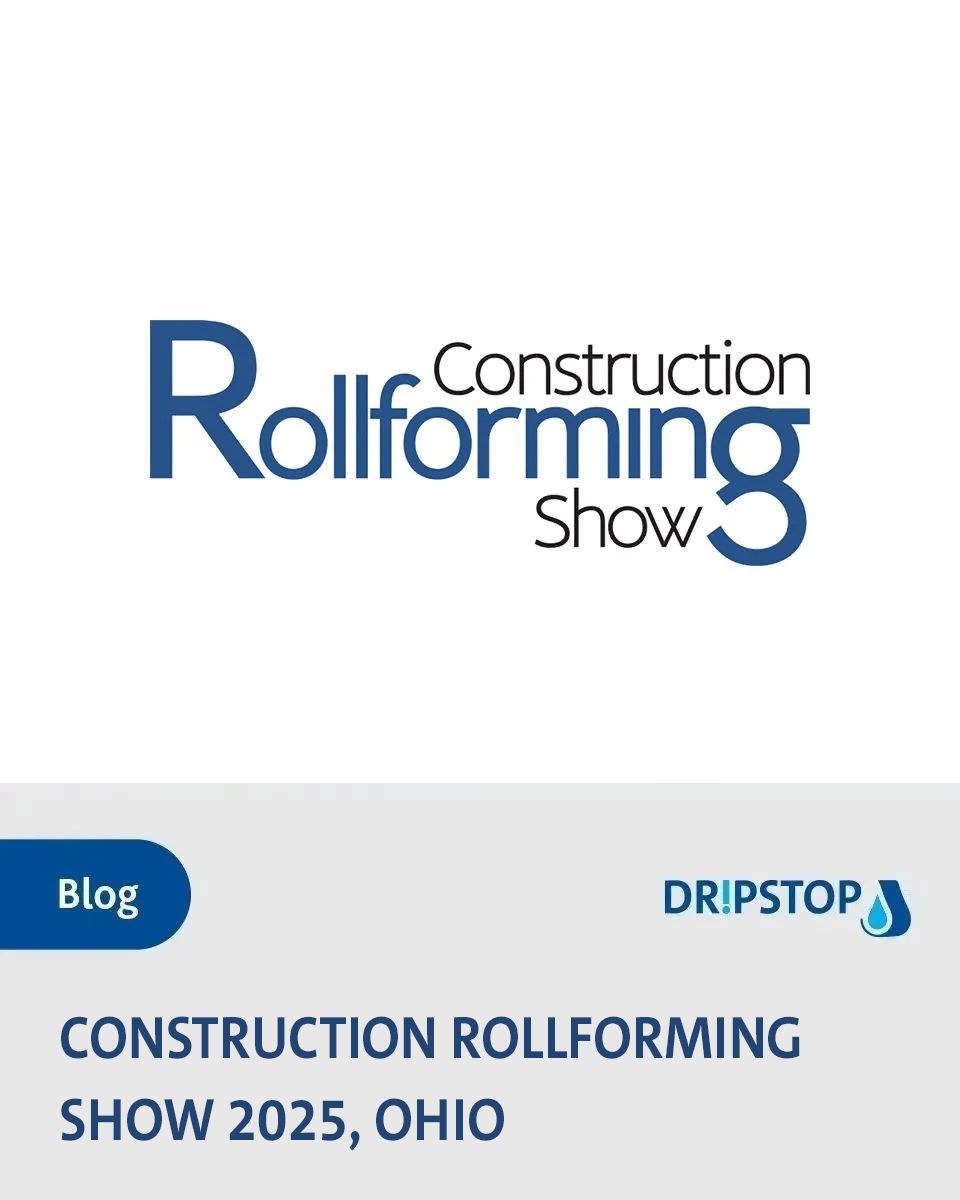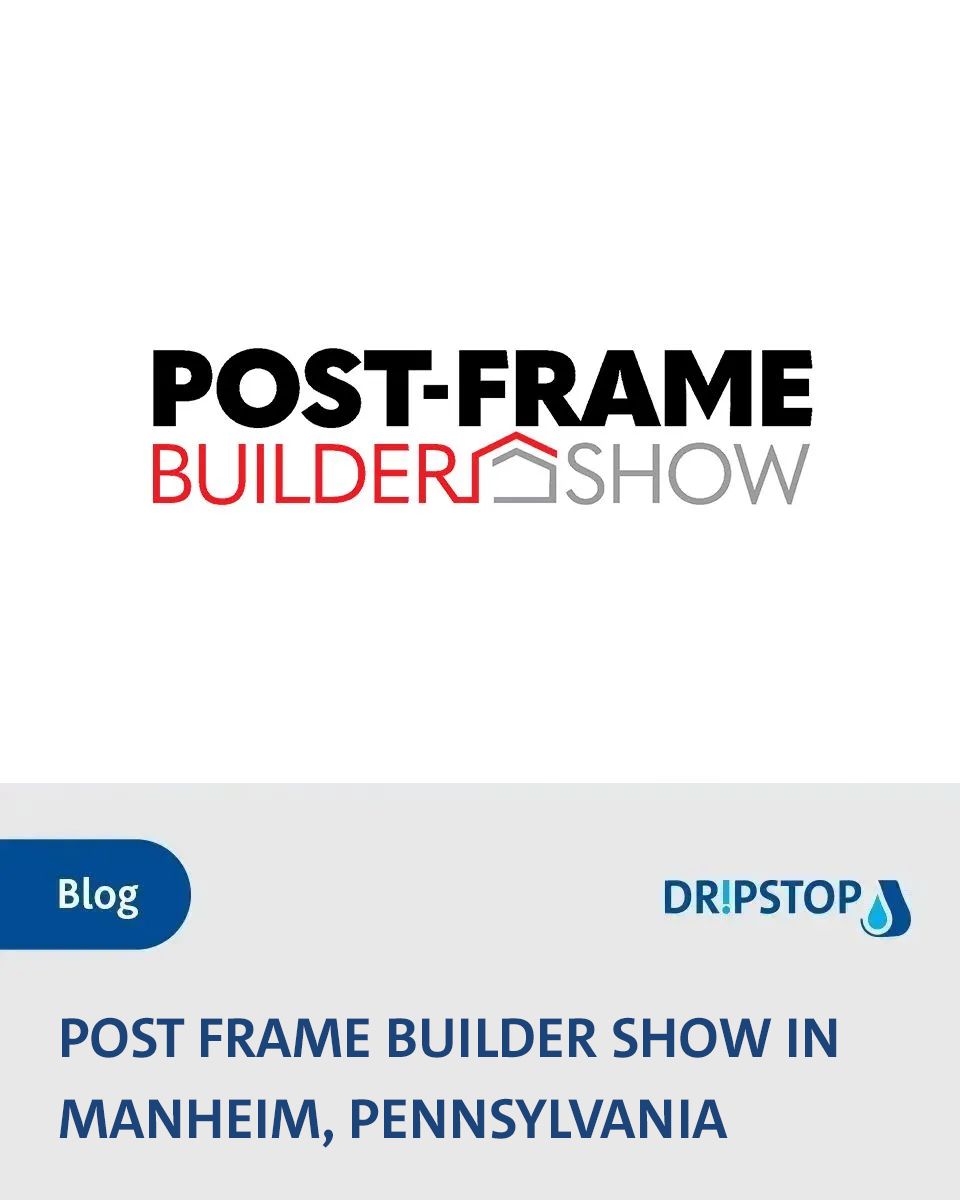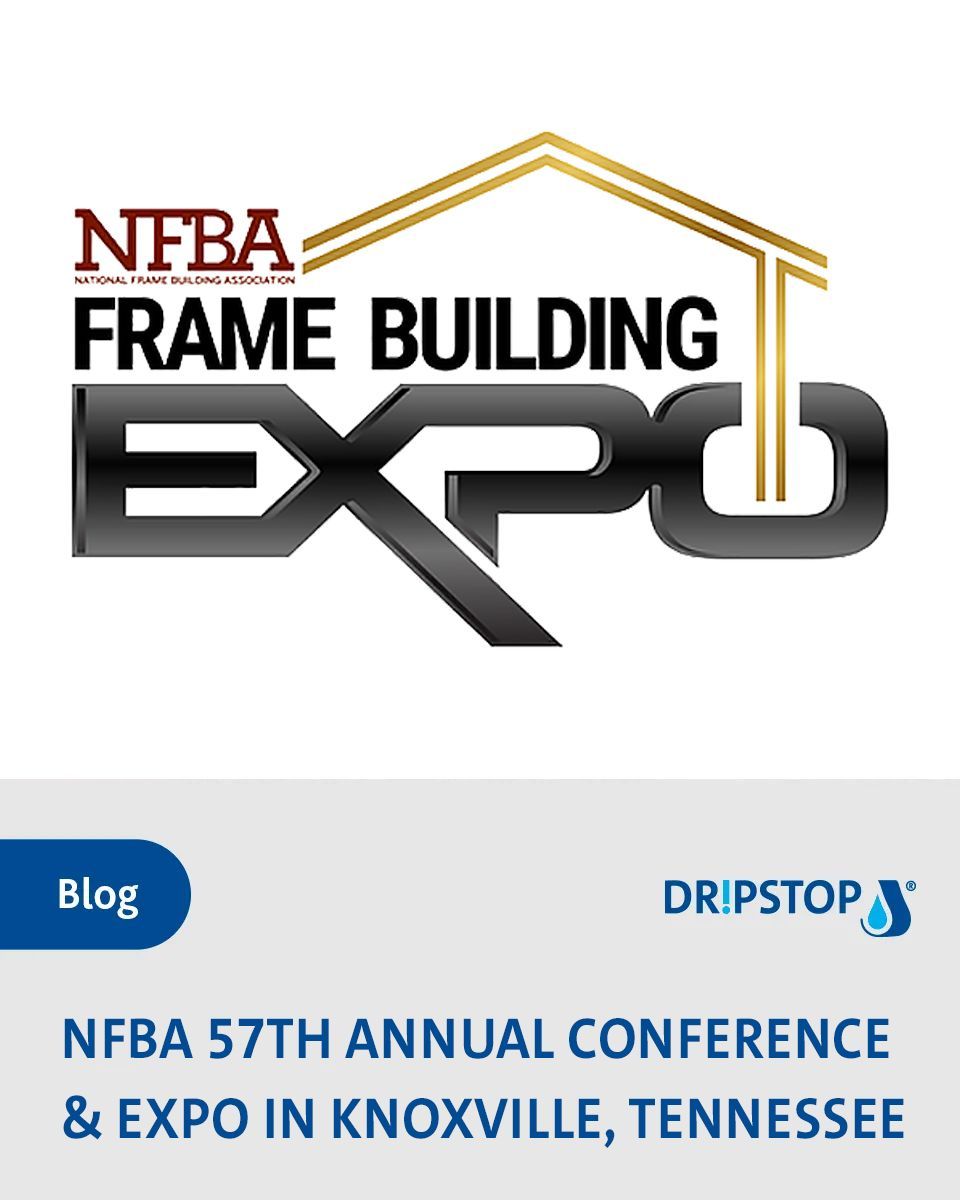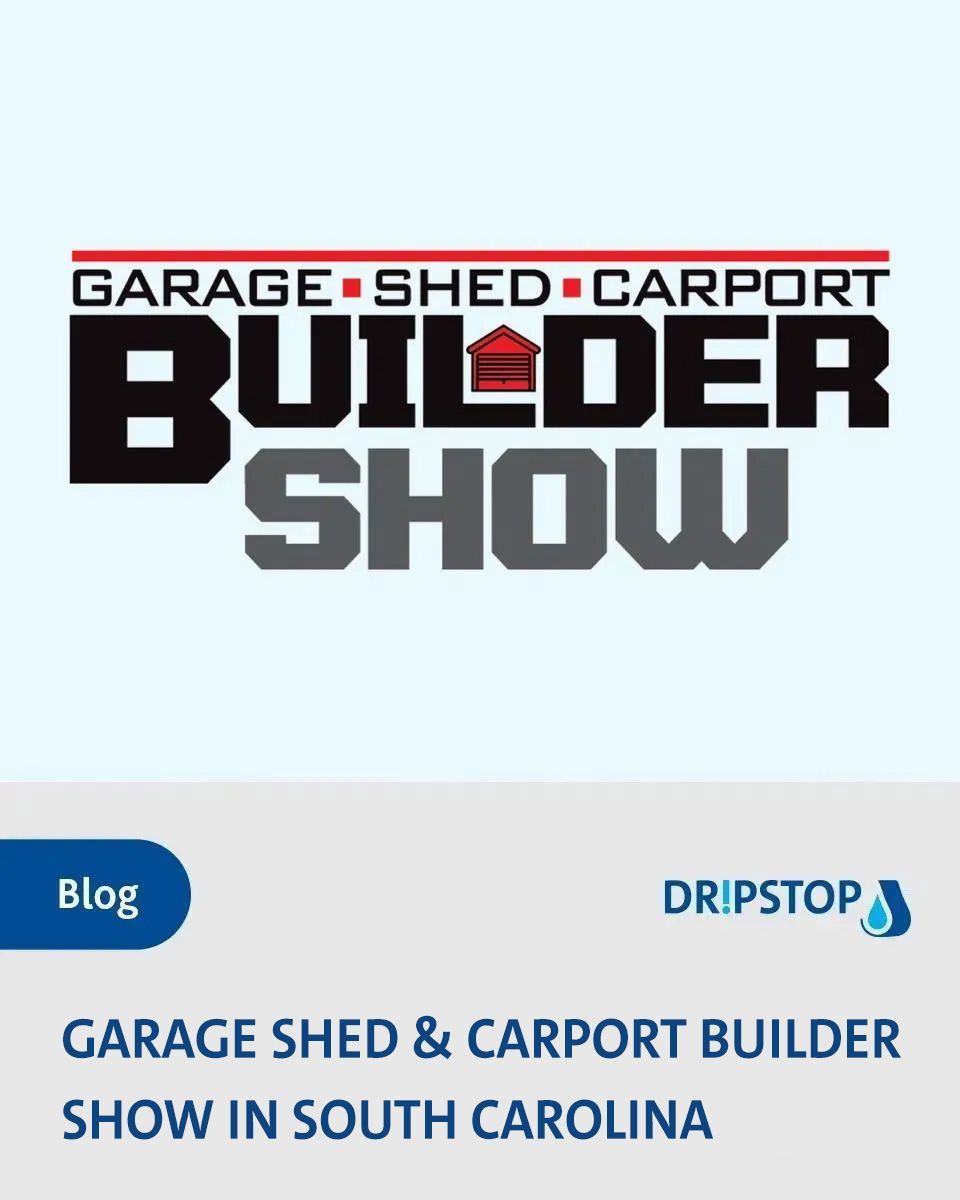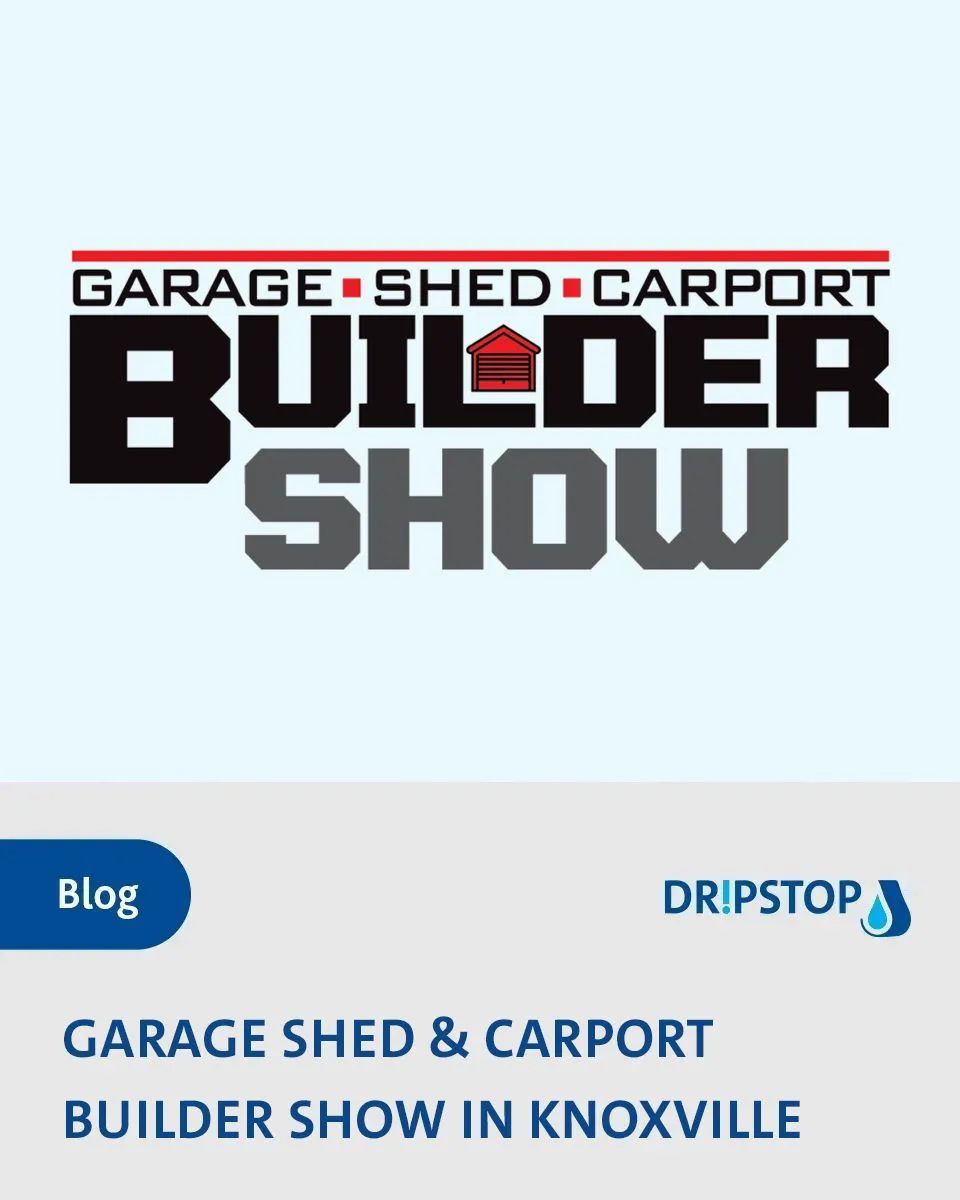Carports & Condensation
When considering buying a carport, a simple web search will turn up several entries that either highlight or list the various reasons and benefits to purchasing a carport. Some of those entries break it down by a rank, say even the top 6, 9, or 10; while others will just list the benefits of owning a carport.
All those articles and lists have one thing in common: the #1 item on each list or the first benefit mentioned was protection; protection from elements, the sun, the weather, and even protection against criminal activity.
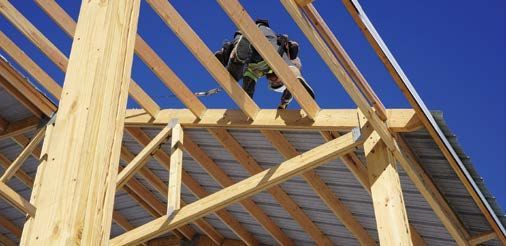
What is not mentioned, or more importantly rarely even thought of when considering buying a carport, is condensation. There is moisture in the air, in the form of water vapor. The amount of water vapor in the air is called humidity; and where there is humidity, there is condensation. Think about an ice-cold glass of water on a kitchen table, when lifted, it leaves a ring of water. This is a great example of how the humid air around us, turns into moisture or water. That same principle works outside the home as well. Imagine an early spring day where yesterday the temperature was above 65 degrees, and then last night the low was just above freezing. The mailboxes, cars, swing-sets, lawn ornaments, and just about every solid surface outside will be covered by dew, or moisture from condensation. Condensation is the moisture that forms on a cold surface exposed to warm, humid air. A bare metal carport will condensate and drip the same way that glass on the kitchen table and the mailbox outside will. It’s a matter of science and mother nature.
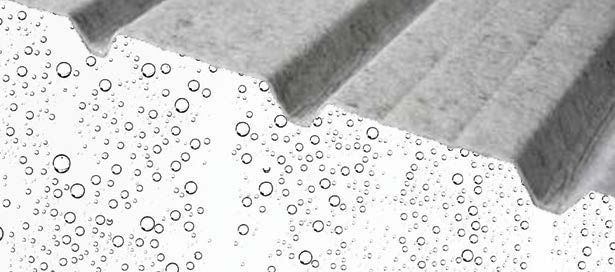
Pre-installed condensation membranes adhered to steel with rubberized glue help provide additional corrosion protection to the underside of the steel.
So, if the #1 reason or benefit to buying or owning a carport, is protection from the elements; and now knowing the carport is exposed to humidity; will it be okay to allow condensate to rain down on the contents below? In some cases, the answer will be yes. One of those would be for sun protection, where the carport’s primary goal is just to provide shade. However, if the answer is no and the goal is to provide the most protection, then a condensation control product should be used. There are a couple options that can be used; insulation or a condensation-control membrane. Insulation is used to prevent condensation from happening in the first place. Correctly installed, insulation works by keeping the warm humid air from rising to the cold bare metal. A preinstalled membrane, like DR!PSTOP, catches the moisture overnight and releases it back into the air during the day. When factory applied to the steel panel during production, it is designed not to scratch or tear off. Since the membrane is adhered to the steel with a rubberized glue, it also provides an additional layer of corrosion protection to the underside of the steel. A 10’ x 20’ carport with membrane installed will hold about 5 gallons of moisture. To get the very best result don’t pass up condensation protection.
Storms wreak havoc through intense rain and wind. Water impacts can include foundation disruptions due to run-off and frame shifting due to atypical pooling. These can impact the edges of some types of base materials used, like asphalt. Wind can put stress on the frame component connections and also cause damage via shrapnel projections or causing objects, like tree limbs and branches to fall upon the roof. The best way to inspect your carport after a storm is to utilize a systematic checklist. Here is one to get started with you can add modify as your personal situation dictates.
- Start with a ground up inspection. Make sure you do not have any impacts to the foundation that need to be dealt with that may impact you now or in the future.
- Check for dislodged and missing hardware.
- Look for negative framing impacts such as buckling at the joints or wood splitting.
- Look at anchor components to make sure they are still solidly connected and have no signs of rust.
- Look for dented or punctured metal panels from blows received from falling objects or debris impacts.
- Dislocated or displaced metal side panels from wind impacts.
- Make sure the roof has no through cuts that water will penetrate in the
Next steps:
Make sure you cleanup any debris remaining on your carport so you do not create an environment favorable to pests or disease.
Once you understand any repair issues, check what damaged and non-damaged items may have warranty coverage and how any repairs you may do could impact any and all other warranted items associated with your building. It may, in fact, be necessary to have something professionally repaired to keep a warranty intact.
If going DIY, make a list of any new parts or pieces you will need to purchase to make repairs. If you have saved the original building manual you may have access to a parts list with correct size information, so you know what to reorder. If you ordered a prefab kit contact the manufacturer for any needed additional guidance.
Taking care of and maintaining your carport is important because you installed it to protect other items and/or provide a pleasant, shaded outdoor space for recreation. It can only do that when it is functionally sound. Adapting the provided checklist to your personal environmental considerations
Article was published in Carport Central Magazine - June, 2023.


